- By 2025, the clean energy installed capacity of China's nuclear power will reach 30 million kilowatts
- About a quarter of the world's operating reactors are located in Asia, with a combined capacity of nearly 100 GW
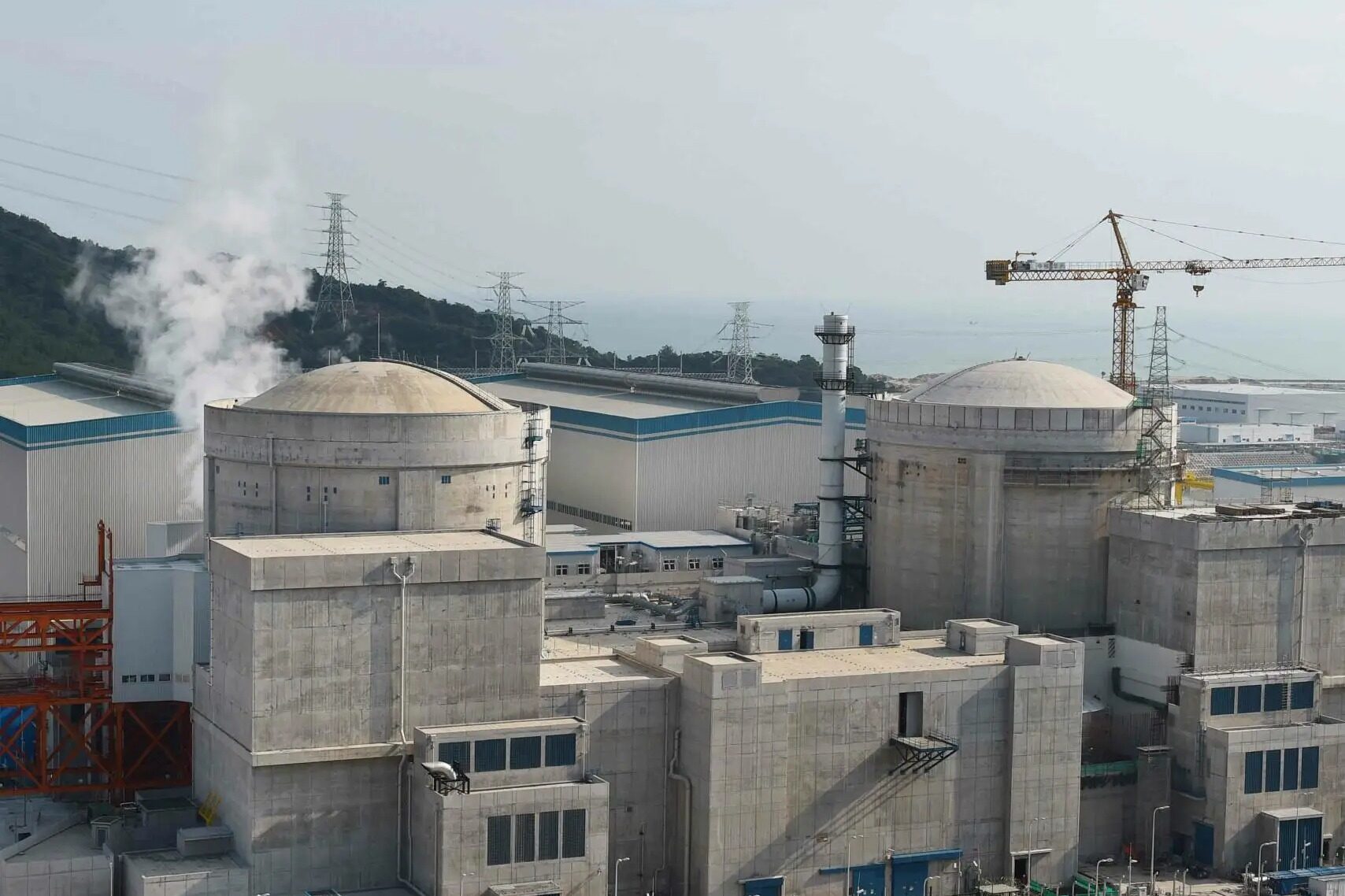
Environmentally friendly and low-carbon clean energy is the only way for the world's energy development. Asia, the world's fastest growing economy, is actively turning to new nuclear energy to meet its sustainable growth ambitions.
General situation of nuclear power in Asia
Growth in new nuclear power capacity has been largely slow in the Western world, in stark contrast to the planning or construction of new nuclear power plants in many countries in the East.
According to a recent analysis by the World Nuclear Association (WNA), there are already 140 operational nuclear power reactors in the region, with more than 30 currently under construction, and there are firm plans to build at least 50 more.
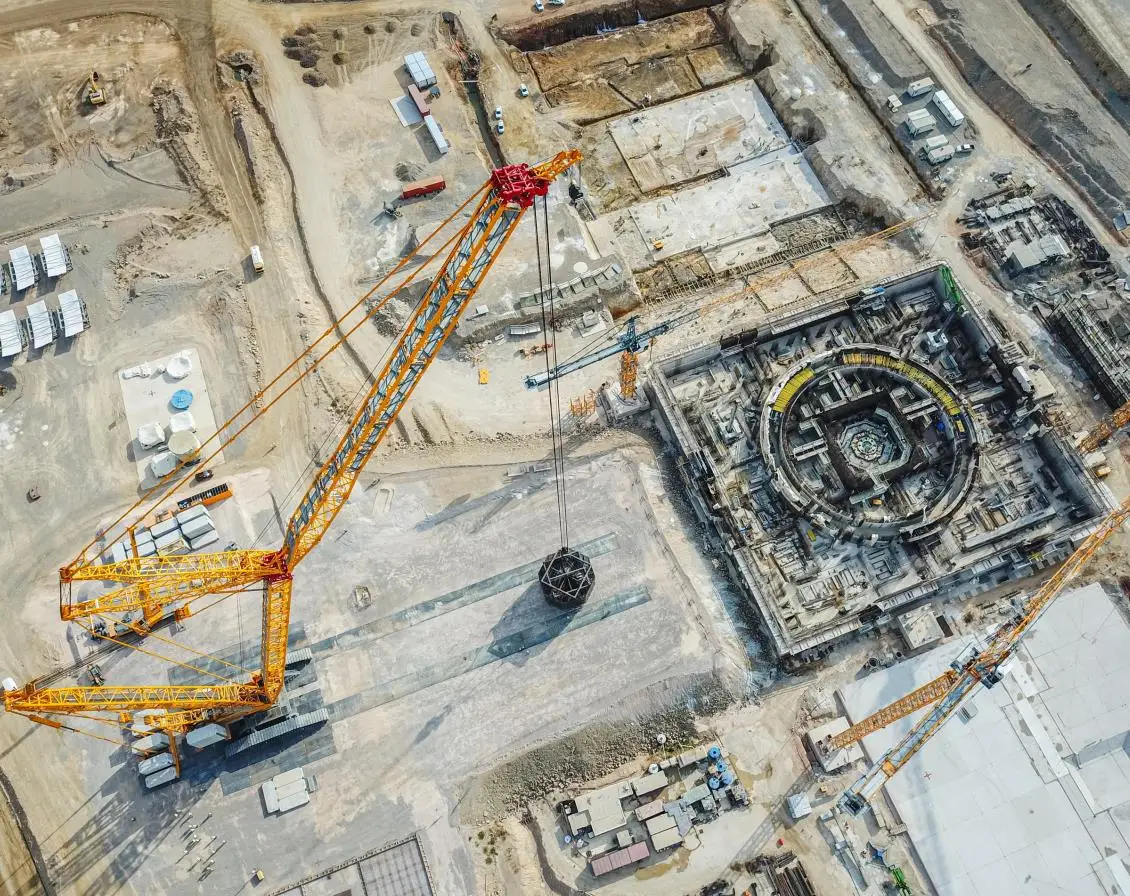
While developments across Asia have been mixed, reflecting the region's diversity, there are still many active markets with clear development plans. About a quarter of the world's operating reactors are located in Asia. Among them, China, Japan, South Korea, India, Pakistan and Taiwan, China, these six regions have more than 100 reactors with a total capacity of nearly 100 GWe.
China nuclear power
The regional nuclear rankings are led by China, which has been pushing hard for its domestic nuclear ambitions since the 1970s.
Asia is home to two-thirds of the world's reactors currently under construction. Of these, nearly 20 reactors have been built in China alone, which is developing domestic and Western technology.
China has 54 operational reactors with a total capacity of 52.2 GWe, and another 33 reactors are in the planning stage, with an additional 37 GWe expected. In the 10 years to the end of 2021, China has built 39 reactors in 68 countries around the world, roughly quadrupling the number of nuclear-armed countries.
China has set plans to reach a nuclear capacity of 70 GWe by the end of 2025, and is expected to approve six to eight new nuclear reactors a year, adding about 9 GWe a year by 2030.
Japan Nuclear Power
After China, Japan has more than 31 GWe of technical installed capacity, with 33 installed reactors. However, most nuclear power plants remained closed after the Fukushima disaster in 2011, and Japan's Nuclear Regulatory Authority (NRA) required additional safety measures to be installed.
Still, the country has been slow to restart even those reactors now deemed safe to operate.
Recently, the Prime Minister of Japan called for the resumption of operation of nine reactors by winter. Before the tsunami, about one-third of Japan's electricity came from nuclear power, a proportion that is expected to increase further as more reactors are developed.
Japan's Sichuan Nuclear Power Plant
Plans to significantly expand nuclear capacity have now been abandoned, although the WNA notes that two reactors are under construction with a combined capacity of 2.8 GWe, with another planned for 1.4 GWe.
Even so, analysis by IHS Markit shows that Japan's share of nuclear power generation will fall further, from 29% in 2020 to 22% in 2030, as reactors end their lives.
The Fukushima disaster also had a foolish effect on other countries in the region interested in nuclear energy, prompting many to reassess their development plans.
Korea and Taiwan
Like Japan, South Korea and Taiwan have opposed adding new nuclear capabilities over the past decade. For example, there are three operating nuclear power plants in Taiwan, which generate about 10% of the island's total electricity generation.
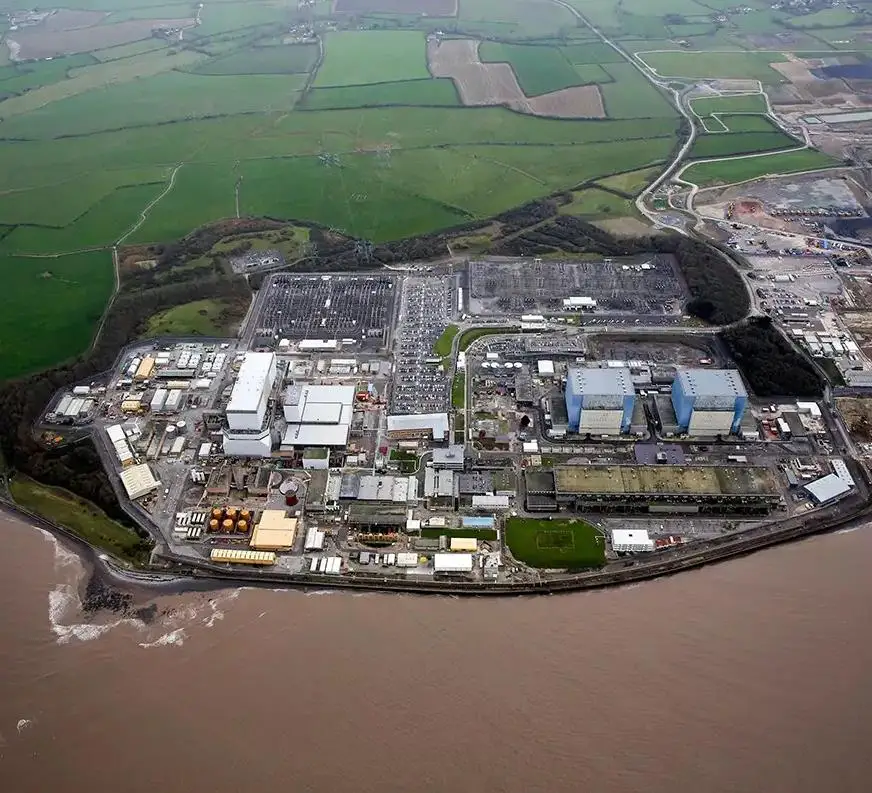
A fourth plant, the Longmen nuclear power plant, was never commissioned, and in December voters rejected the possibility of restarting the two storage unit facilities. Authorities have a long-term policy to phase out nuclear energy by 2025.
South Korea, which generates about a quarter of its electricity from nuclear power, is seeking export markets for its reactor technology, having just built the four-unit Barakah nuclear power plant in the United Arab Emirates.
South Korea currently has 25 reactors with a capacity of more than 24 GWe, and three more are under construction - Unit 2 at the Shinhanul NPP and Units 5 and 6 at the Shingoori NPP.
However, South Korea also faces political resistance. The former president announced a nuclear phase-out policy, although it was rejected by his successor, Yin Xiyue, who was elected earlier in 2022.
Other growth areas
India: Kudankulam nuclear power plant in India. Despite India's reticence, India has ambitious plans to expand its existing nuclear capacity, which includes 23 reactors and nearly 7 GWe of nuclear capacity.
Eight other reactors are under construction and 12 are in the planning stage, with a combined capacity of 15 GWe. The national nuclear capacity is expected to reach about 22.5 GWe by 2031.
Much of India's nuclear power program is based on domestic technology, and the country has also sought independence from the nuclear fuel cycle by exploiting thorium resources. In the long run, India's nuclear capacity is expected to reach 63 GWe in the 2030s.
Pakistan: Chashma Nuclear Power Plant in Pakistan. India's neighbor Pakistan is also planning a major boost to its nuclear power capacity, where it is building a generating unit with just six operating reactors, with a total capacity of 3.3 GWe, to supply less than 10% of the country's electricity.
Six operating nuclear power plants are provided by China, and another reactor is planned. Nuclear power remains an important part of the country's energy policy, with a long-term goal of generating nearly 9 GWe of electricity at 10 sites by the end of the decade.
Bangladesh: India's eastern neighbor Bangladesh is also building new nuclear power, with Rosatom building two VVER-1200 reactors in Lupur. Unit 1 is scheduled to start operation in 2023, and unit 2 is scheduled to start operation in 2024.
Rosatom will maintain the plant for the first year, and Russia will also provide fuel for the plant.
Sri Lanka: Sri Lanka is also expected to take its first steps towards developing nuclear power in the next few years. The Ceylon Electricity Board (CEB) has drawn up a long-term power generation expansion plan for 2015-2034, which includes a 600 MWe power plant. Subsequent drafts detailed plans for two units, starting in 2035 and 2037, respectively. Sri Lanka is cooperating with Russia on its nuclear program and has signed nuclear cooperation agreements with India and Pakistan.
Philippines: The Philippines has a mothballed nuclear power plant that was never completed, although the country is now considering resuming construction at the Bataan nuclear power plant.
The 621Mwe nuclear power plant was designed and built by Westinghouse in 1984, but surging energy demand prompted a reassessment.
The Philippines' 2018-2040 Energy Plan includes a roadmap for its nuclear energy program, targeting the commissioning of its first nuclear power plant in 2027. The country is also eyeing SMR development and has signed a nuclear cooperation agreement with Rosatom to make it happen.
Thailand: Thailand has been operating a research reactor since 1977, but its most recent 2015 power development plan, with ambitions to build two 1,000 MW units by 2036, has significantly delayed earlier plans for nuclear power development.
Indonesia: Similarly, Indonesia has delayed earlier plans for nuclear power plants but has recently expressed renewed interest, particularly focusing on the SMR and ThorCon thorium molten salt reactor (TMSR).
The time frame for any substantial nuclear development is expected to be 2045, but a 10 MWe experimental nuclear reactor is expected to be built at Serpong.
Uzbekistan: In Central Asia, Uzbekistan also actively plans to develop nuclear power generation. According to Uzbekistan's energy strategy, nuclear energy will provide about 15% of the country's electricity needs by 2030, and the country has signed an agreement with Russia to develop the VVER-1200 reactor by 2028.
Kazakhstan: Kazakhstan is already one of the world's largest producers of uranium, but there are currently no nuclear power plants in operation after a reactor was decommissioned in 1999. Nonetheless, Kassym Jomart Tokayev, President of Kazakhstan, recently advocated for the development of nuclear power in Kazakhstan. Editor / Xu Shengpeng
Comment
 Praise
Praise
 Collect
Collect
 Comment
Comment
 Search
Search


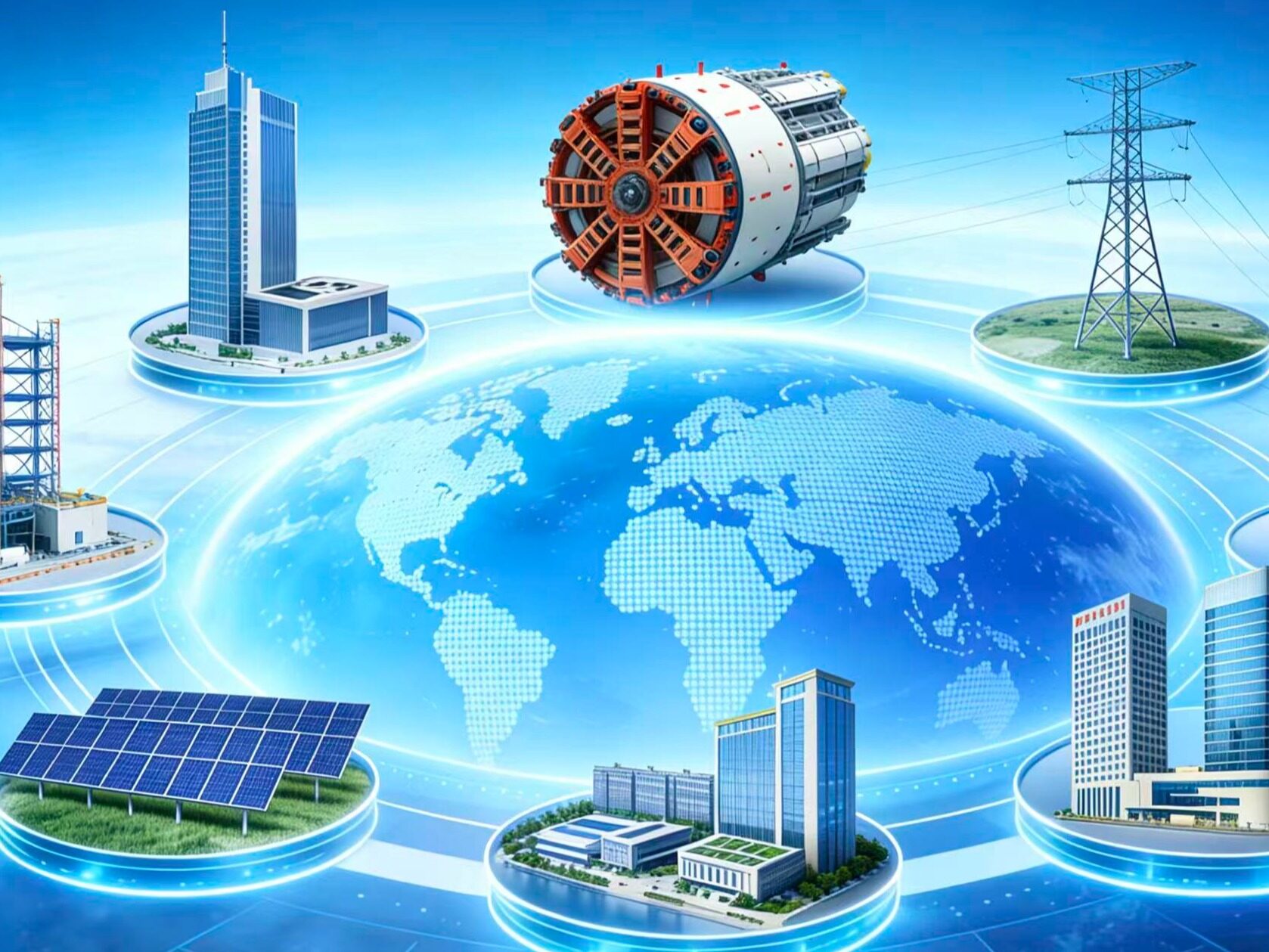
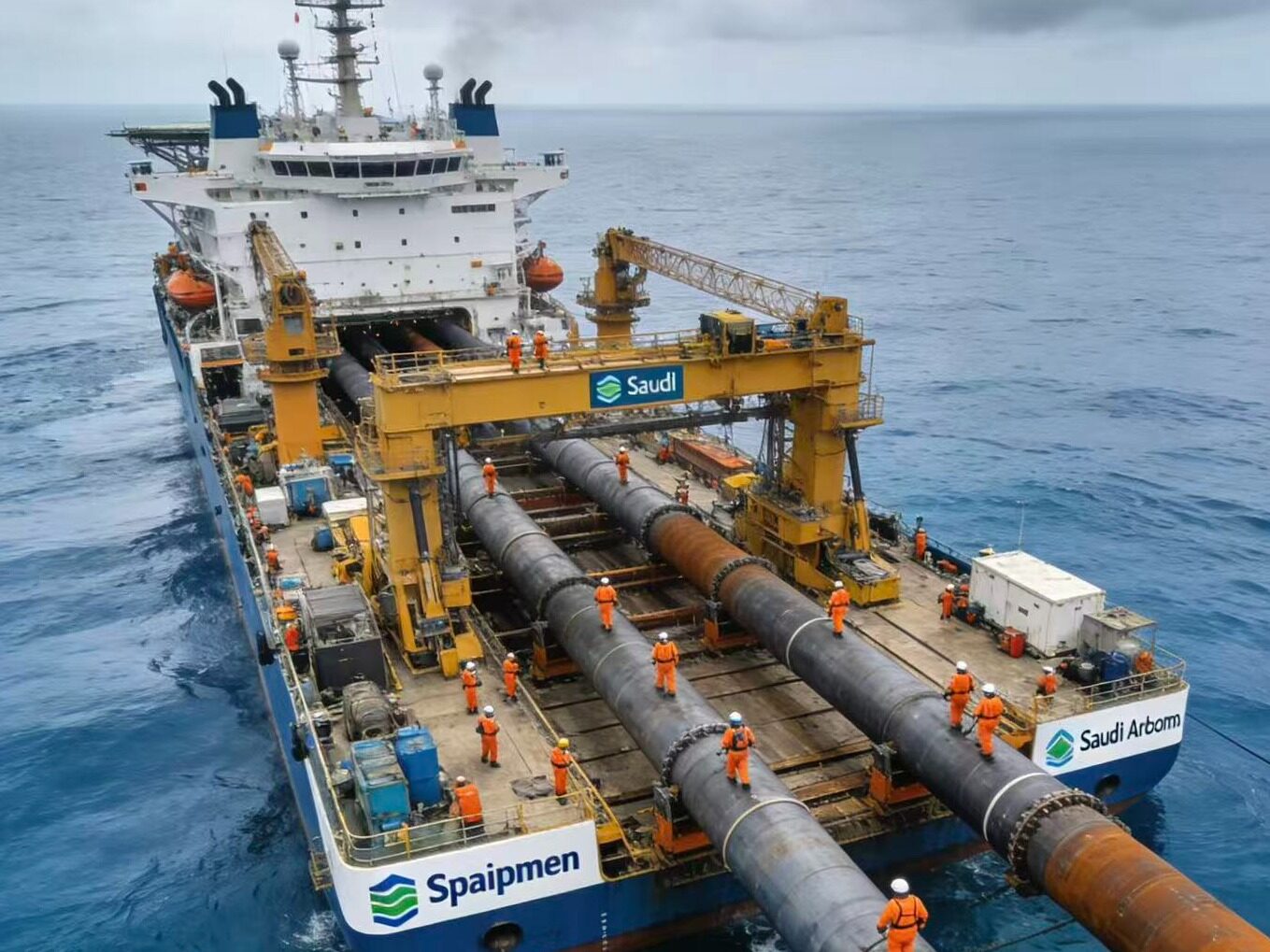
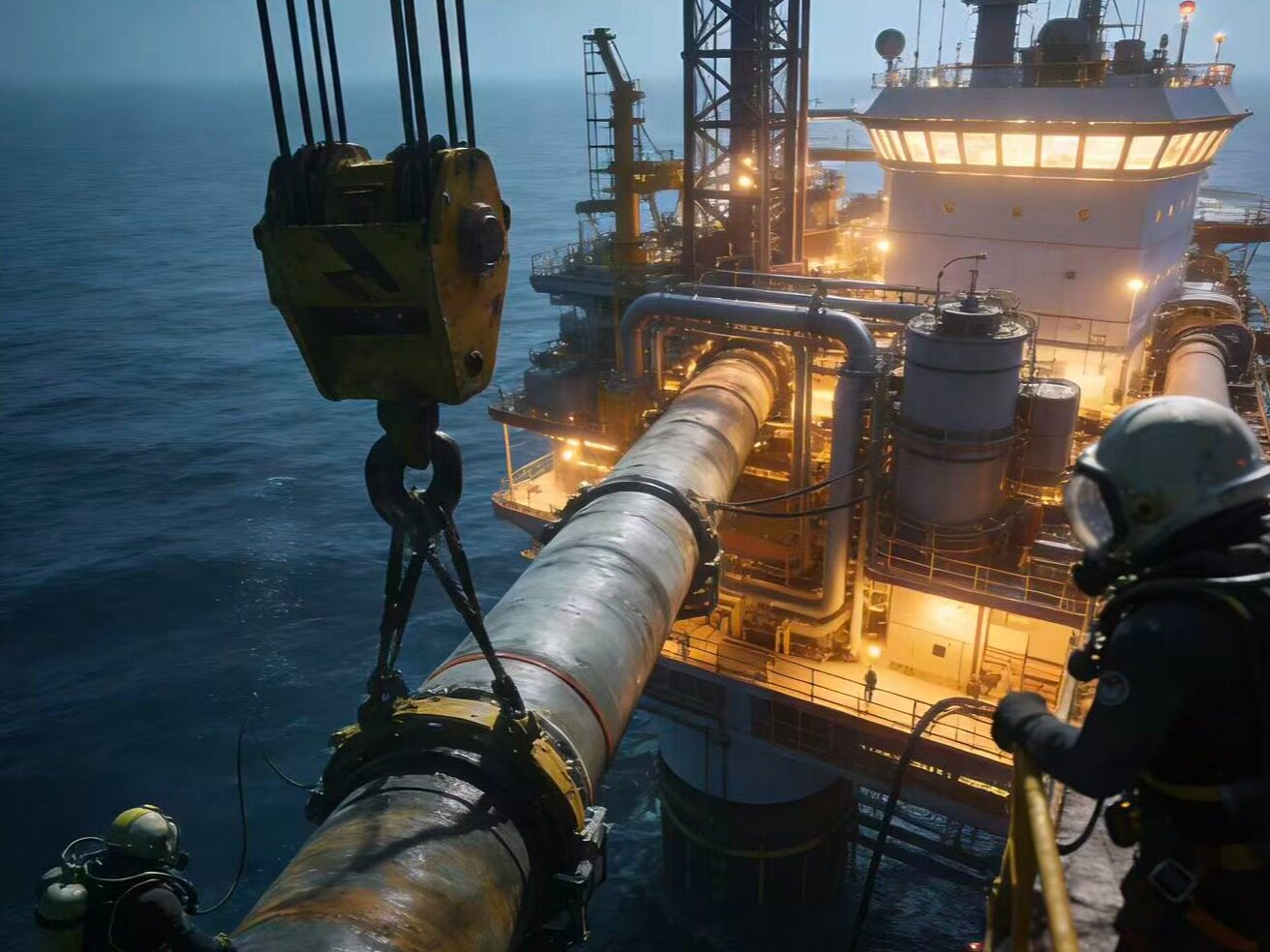
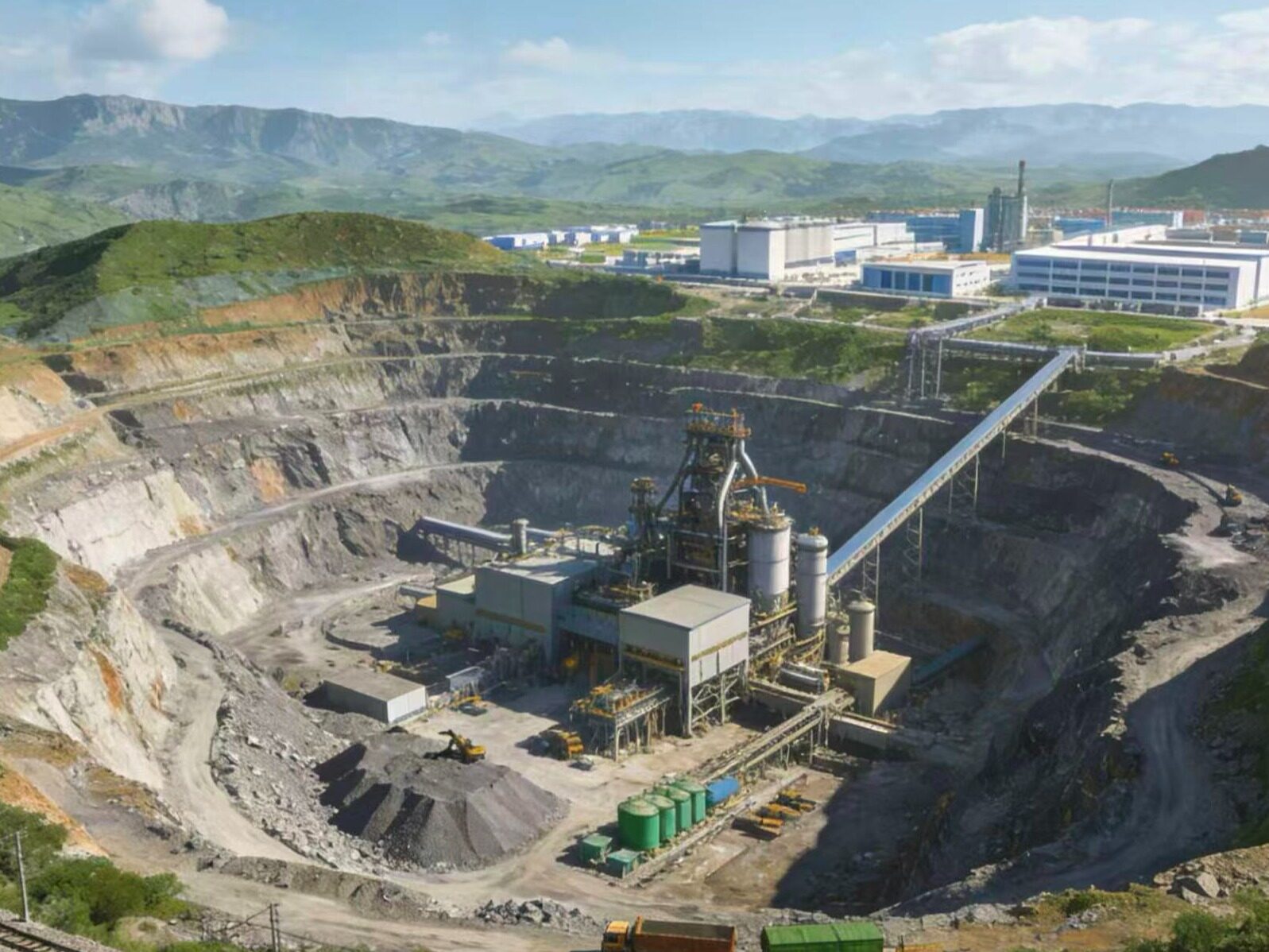
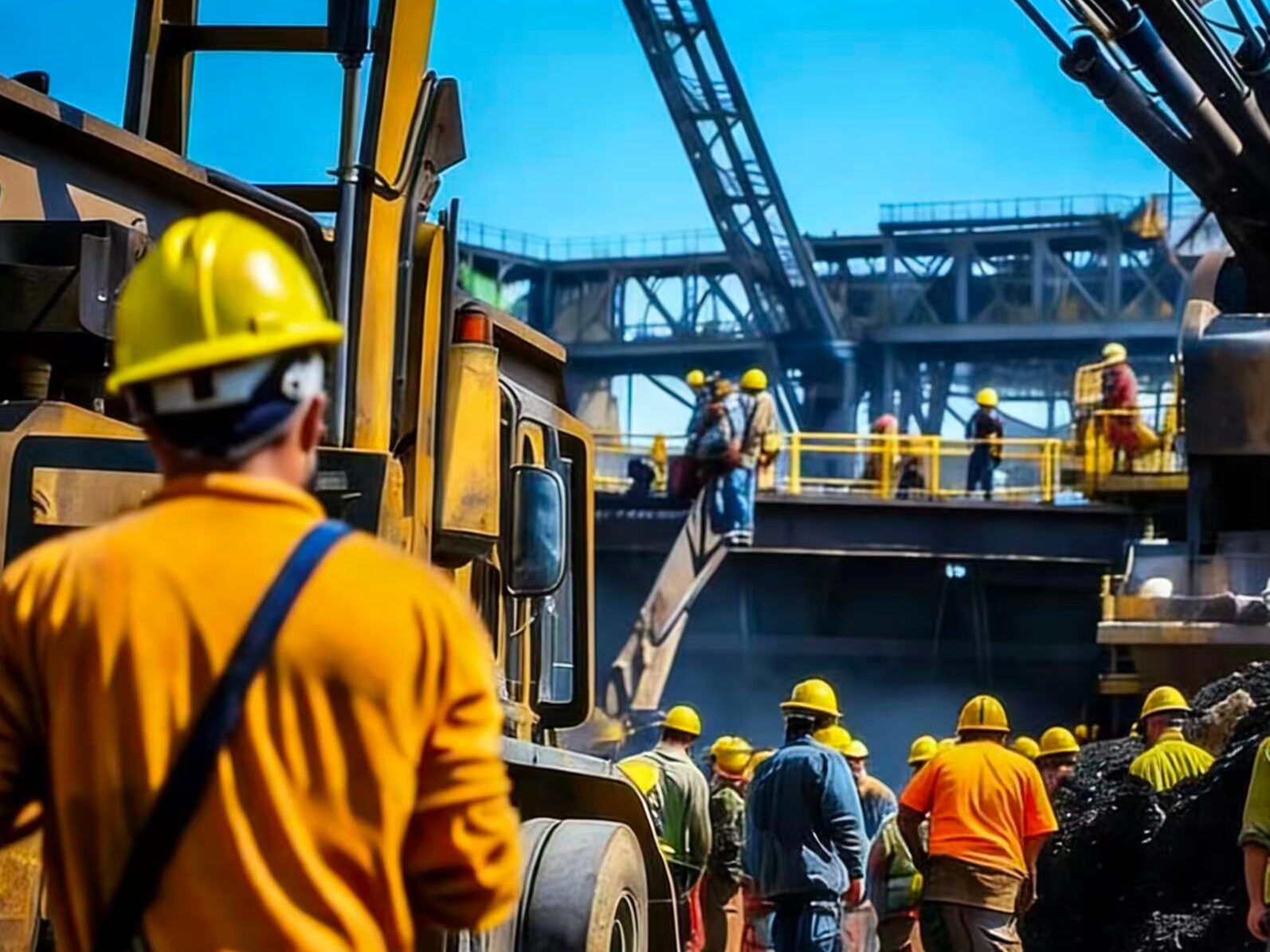







Write something~